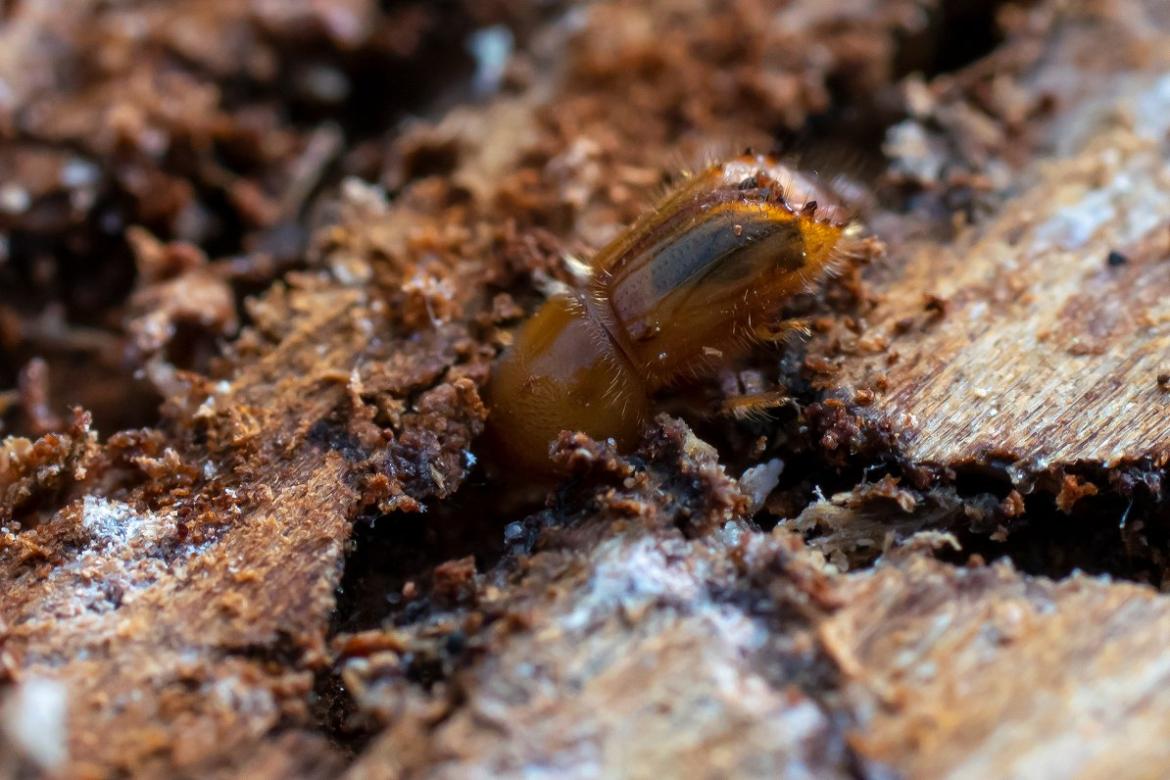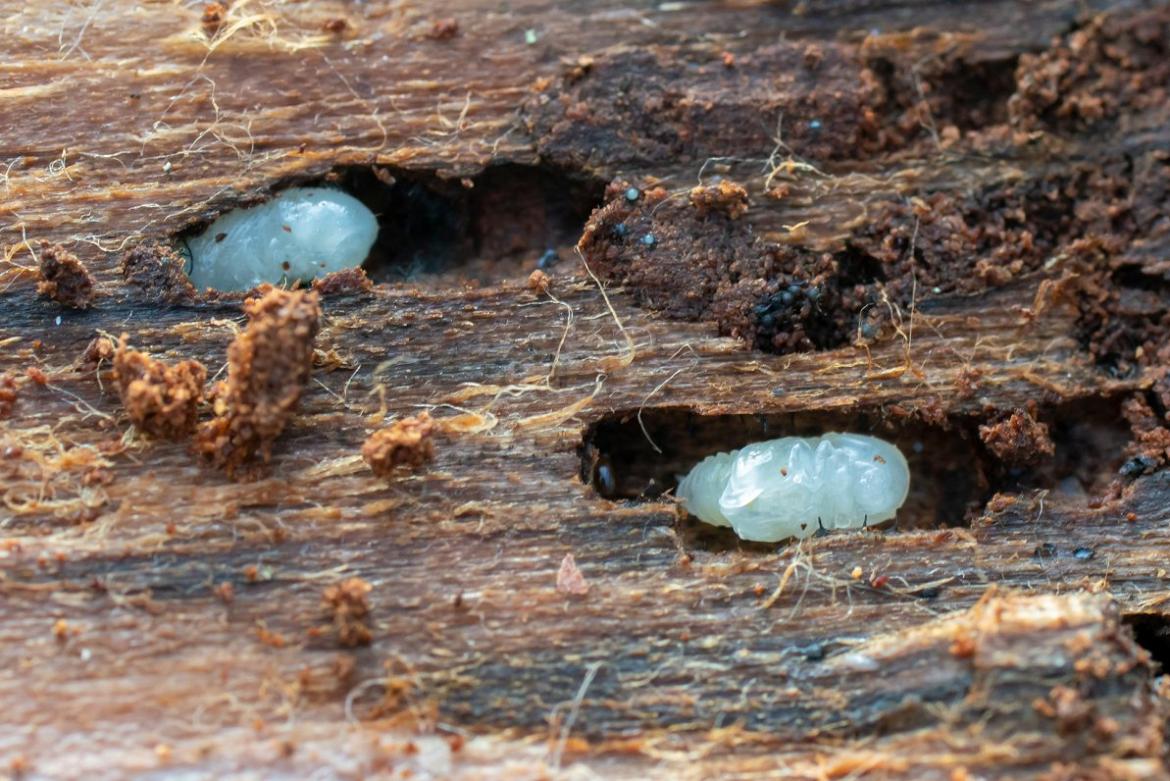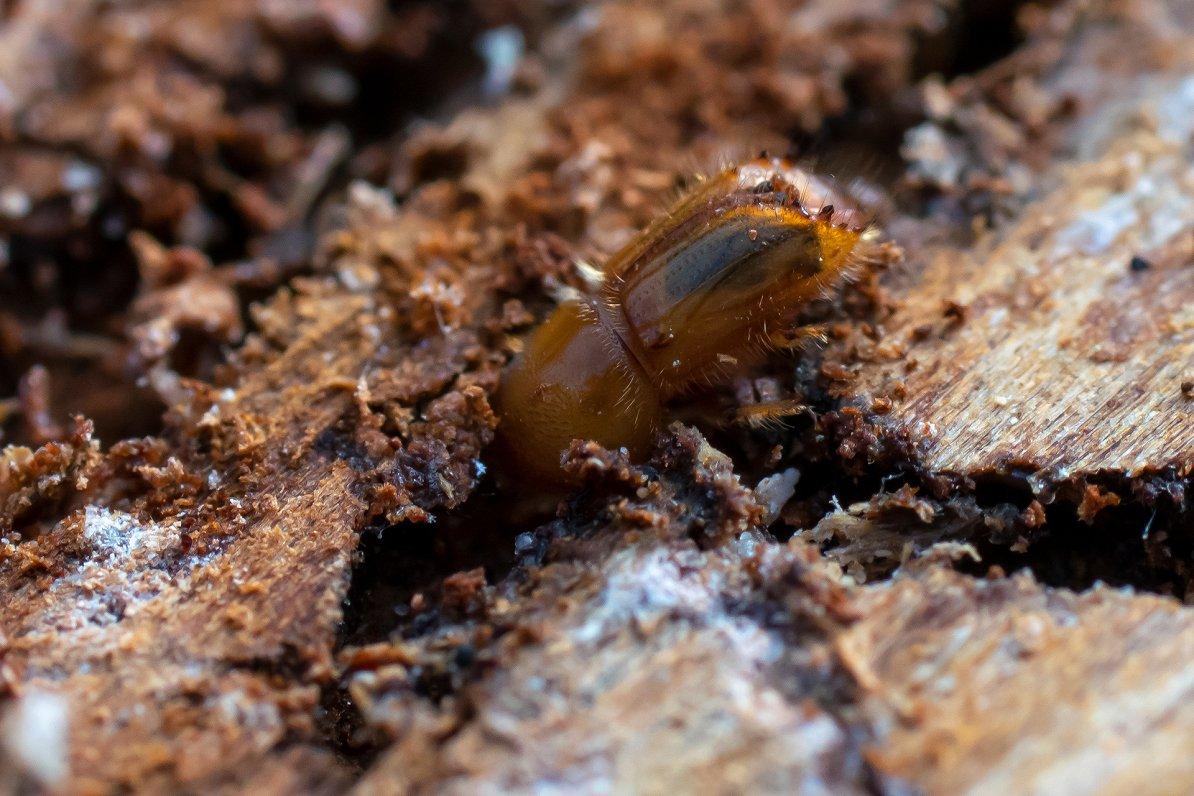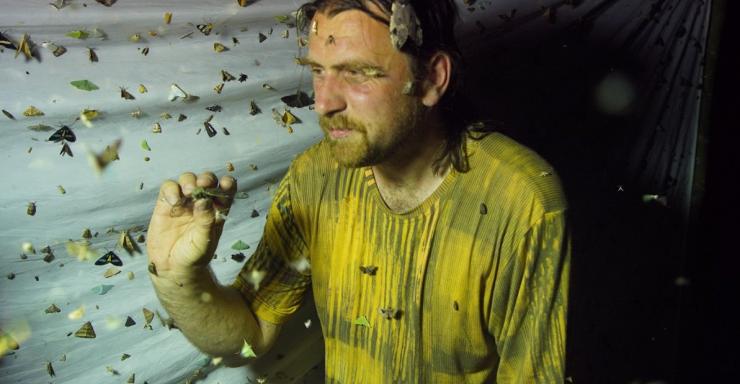To reduce the spread of the European spruce bark beetle, forest owners must adhere to forestry activity restrictions starting April 1. Researchers have also begun placing pheromone traps, and the first forecasts regarding the pest’s spread will be available by mid-May. Meanwhile, forest owners can access information on plots where tree felling is prohibited in the National Forest Register starting today.

With rising temperatures, the activity period of the spruce bark beetle gradually begins, prompting restrictions on forestry activities from April 1 to August 31. This applies even to previously issued felling permits, explains Oskars Zaļkalns, senior expert at the State Forest Service’s Forest and Environmental Protection Department:
"Conifer tree felling must be halted to prevent the release of terpenes, which attract bark beetles to these stands, facilitating their reproduction. A review meeting with experts is planned for mid-summer after the first two months of monitoring. Depending on the intensity of beetle flight, adjustments to this directive may be considered. In any case, forest owners should avoid cutting coniferous stands during summer to prevent attracting bark beetles to their forests."

Agnis Šmits, lead researcher at the Latvian State Forest Research Institute "Silava," points out that bark beetles typically begin their flight in early May, though their activity has started earlier in recent years. This year, monitoring has commenced earlier as well.
Currently, it is not possible to predict the spread of the pest, but pheromone trap data will soon provide insight. If a trap captures more than 8,000 beetles in a month, the risk of damage is elevated.
"They do not migrate long distances; they remain localized. Areas with higher damage last year will again be at greater risk. Compared to previous years, last year was significantly better. Although we are not yet where we want to be, the situation has improved for two consecutive years. Since 2022, the highest concentration of bark beetles has been in central Latvia – Madona, Jēkabpils, and Sēlija," Šmits explains.
"Bark beetles may begin flying any day now, but this does not immediately pose a threat. They need to gather in large groups to cause damage, which is expected in early May. Fresh damage in the forest will likely become visible by early June."

Last year, bark beetles damaged approximately 3% of spruce forests, while for the situation to not be considered critical, the damage rate must be below 1%.
Šmits emphasizes that Latvian forest owners must learn to coexist with bark beetles. These pests cannot be entirely controlled, as their spread depends on climatic conditions, including dry summers and storms.
"If fresh infestations are observed, the situation must be assessed. If 10 trees per hectare are affected, the stand should be clear-cut based on the State Forest Service’s sanitary assessment. For smaller damage levels, selective sanitary felling may be permitted. However, this is not ideal for the forest. If logging machinery is used once and the damage spreads, the beetles are still present, the scent attracts more beetles, and further destruction occurs. This results in repeated interventions and greater losses. The most effective way to combat bark beetles is through clear-cutting, as selective felling does not significantly improve the situation," explains Šmits.
The most significant damage has been recorded in "Latvijas Valsts Meži" (Latvia’s State Forests) territories, but Arnis Muižnieks, head of the Forest Owners’ Association, notes that private forests have also suffered substantial damage, affecting timber quality. Forest owners are therefore encouraged to inspect their spruce stands.
"Forest owners should check whether their properties had bark beetle damage last year. Of course, I encourage everyone to physically inspect their forests, but if that is not possible, data is available in the National Forest Register, where areas marked as weakened or potentially damaged can be checked. The LVM Geo app, developed by "Latvijas Valsts Meži," also highlights potentially affected stands," Muižnieks advises.
Private forest owners can request pheromone traps, but only State Forest Service personnel are authorized to set them in any forested area.


